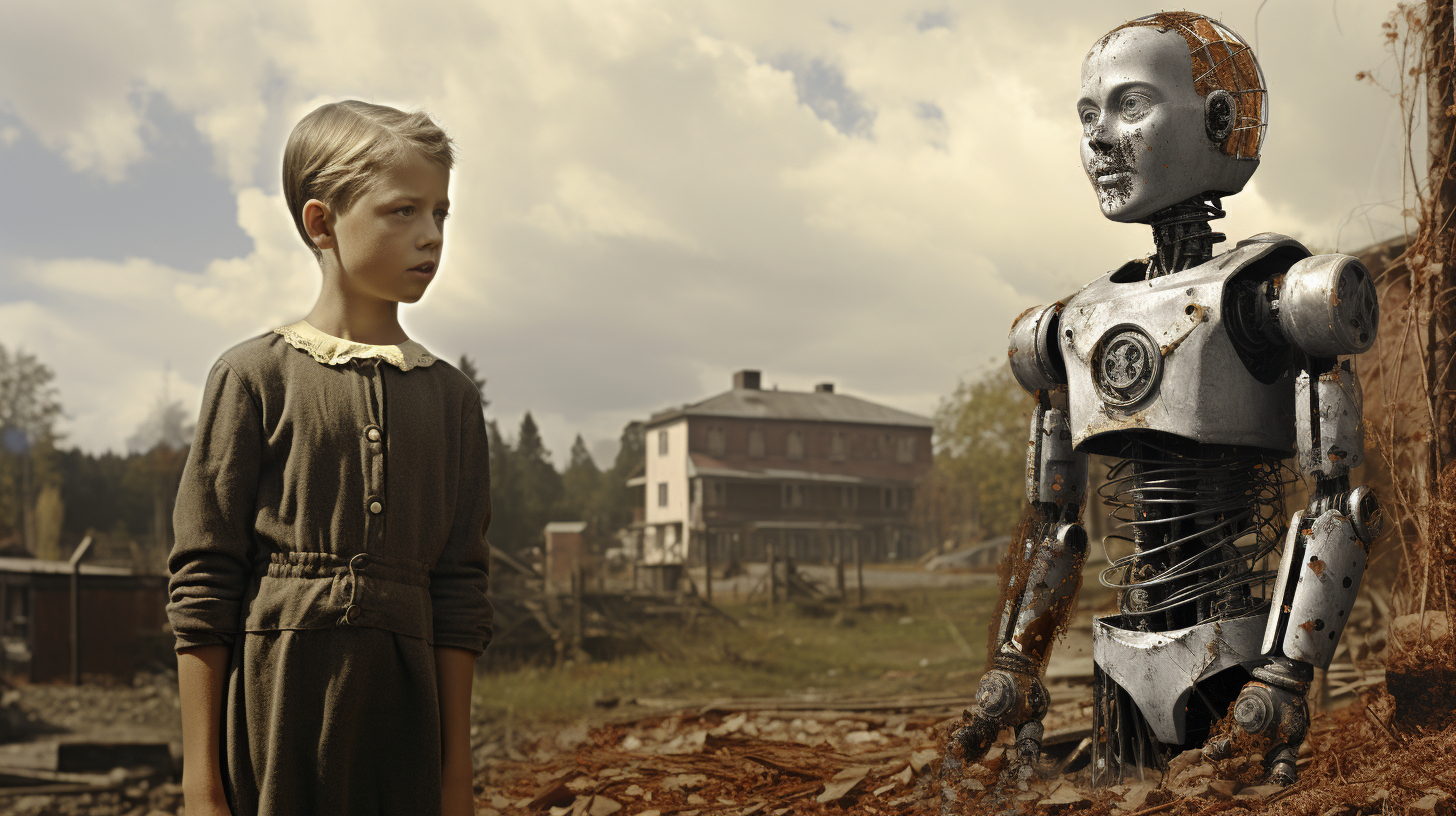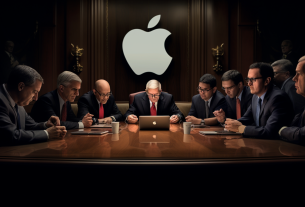In an era where technology continuously reshapes our understanding of the world, Meta AI has taken a bold step into the realm of ahistorical imagery, a concept that challenges traditional narratives and invites us to reimagine history. This innovative approach, akin to Google’s Gemini project, allows us to visualize scenarios that never happened, such as depicting the Founding Fathers of the United States as Black individuals. This groundbreaking technology not only sparks conversations about diversity and representation but also highlights the potential of artificial intelligence to redefine our perception of history.
A New Lens on History
Meta AI’s venture into creating ahistorical images serves as a powerful tool for education and discussion. By presenting alternate historical visuals, it encourages people to question and explore the complexities of history, culture, and identity. This initiative mirrors the objectives of Google Gemini, aiming to broaden our understanding and stimulate a more inclusive dialogue about the past.
The Power of Ahistorical Imagery
Ahistorical imagery, by design, diverges from the factual recounting of events, offering a speculative view that challenges the status quo. This approach not only fosters a deeper engagement with historical narratives but also promotes critical thinking. It allows individuals to see the past through a different lens, potentially altering their perception of present-day issues related to race, equality, and representation.
The Role of AI in Reimagining History
The technology behind Meta AI’s project is a testament to the advancements in artificial intelligence. By leveraging AI, Meta has created a platform where historical figures and events can be reimagined in ways that were previously unimaginable. This not only demonstrates the capabilities of AI in creative endeavors but also its potential to contribute to societal discussions and education.
The Future of Ahistorical Imagery
As we move forward, the implications of ahistorical imagery in education, culture, and media are vast. This technology offers a unique opportunity to engage with history in a manner that is inclusive, thought-provoking, and reflective of a diverse society. It challenges us to consider alternative narratives and understand the power of representation in shaping our world view.
FAQ
Q: What is ahistorical imagery?
A: Ahistorical imagery refers to visual representations of historical events, figures, or periods that diverge from factual accuracy, presenting scenarios that did not occur.
Q: How does Meta AI create ahistorical images?
A: Meta AI utilizes advanced artificial intelligence algorithms to generate images that reimagine historical events or figures in ways that differ from the recorded history.
Q: Why is ahistorical imagery important?
A: Ahistorical imagery is important because it encourages a reexamination of history, promotes inclusivity, and stimulates discussions about representation and diversity.
Q: Can ahistorical imagery be used in education?
A: Yes, ahistorical imagery can be a valuable educational tool, offering alternative perspectives that challenge students to think critically about history and its impact on contemporary issues.
Explanation of Terms
– Ahistorical Imagery: Visual content that depicts historical events, figures, or periods in ways that do not align with factual history.
– Meta AI: A division of Meta (formerly Facebook) focused on developing and applying artificial intelligence technologies.
– Google Gemini: A project similar to Meta AI’s initiative, aimed at creating ahistorical images for educational and discussion purposes.
In conclusion, Meta AI’s foray into ahistorical imagery represents a significant step forward in the use of technology to enrich our understanding of history. By challenging traditional narratives and promoting a more inclusive view of the past, this initiative opens up new avenues for education, discussion, and reflection on the complexities of history and identity.



